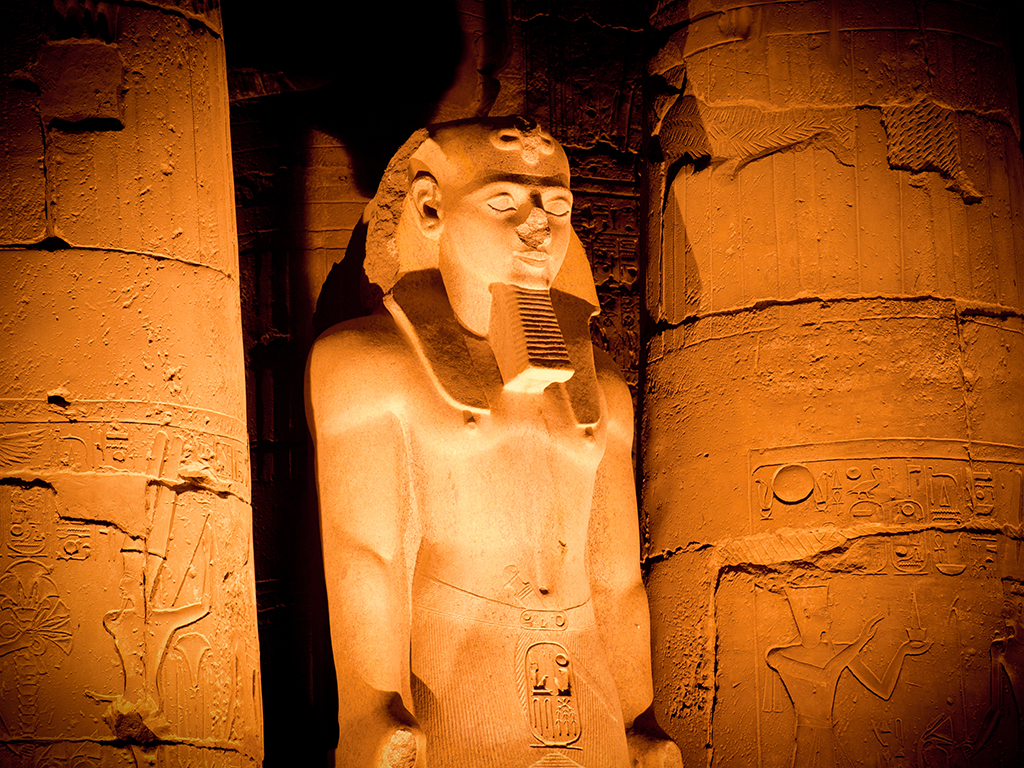The Great Pyramid at Giza, built for King Khufu in 2589 BC, is the only survivor of the ‘Seven Wonders of the World’, and the largest pyramid built by any of the Egyptian pharaohs.
80 other similar monuments still stand today – a testament to the ambition of the pharaohs and the dedication and work ethic of the people of ancient Egypt.
It can be comforting to know that little has changed in over four thousand years
What lessons can modern-day business leaders learn from the pharaohs of the past? A lot more than you may think.
There are many parallels to the pyramid-building journey of the pharaohs and the equivalent faced by leaders in business today, such as:
1. Both journeys involve the initial development of a vision by a single person. The Pharaoh’s desire was to build a monument that could transfer him to the New World. The wish of the leader today is to build a growing, successful and sustainable business.
2. Leadership plays a critical role in the development, support to and realisation of any vision, whether you are a pharaoh or chief executive.
3. A great vision has a great purpose attached to it, making it easier to enlist the support of others. Pharaohs understood this. Forward-thinking leaders recognise this too. Purpose is a major contributing factor when enlisting talent on any organisation’s journey.
4. Leading people into the unknown is often an unexpected similarity on each journey. Egyptian people were asked to take a leap of faith and trust the leader (the Pharaoh) and his officials on the journey. Employees in most businesses today are similarly asked to trust the leader, many of whom may have little experience and knowledge in the unique area of growing and developing a business.
5. Pharaohs faced the same people-performance challenges as modern-day leaders – from resignation to recruitment, cynicism to optimism, complacency to commitment. It can be comforting to know that little has changed in over four thousand years.
6. Leadership and management are two different and important journey disciplines. Very few Pharaohs were natural-born ‘people managers’ and they left this important task to other high officials. Many of the most successful senior leaders in organisations today readily admit that they do not possess the management skills required to get the best out of others.
7. Building the pyramid could take up to 20 years to complete. Most business journeys enjoy similar timescales. The landscape and the workforce constantly changes. Learning how to navigate the correct path and keep people on track was an important leadership discipline in ancient Egypt. Navigating the landscape is regarded nowadays as the core skill requirement of the 21st century leader.
8. In ancient times, navigating the changing landscape required the need for an agile workforce. Modern-day leaders also understand the need for agility to help them to respond quickly to any issues and events which may affect the performance of their business.
9. Culture plays an important part in delivering success. Innovation, attention to detail, financial control, teamwork and other high-performance behaviours are evident on both journeys.
10. The Pharaoh’s biggest fear – an unfinished pyramid – resulted in a few sleepless nights. Speed of thought and high energy levels amongst the workforce were important to delivering performance on a daily basis. To remain competitive, modern-day leaders also understand the need for urgency, accelerated growth and performance momentum on their journey.
11. Complacency is a common fear of both sets of leaders particularly when progress on the journey is good. New ways of working and the setting of higher standards are needed to sustain operational efficiency.
12. Ownership is the ‘holy grail’ on the journey – the ultimate cultural prize demanded of the Pharaoh. Business leaders also recognise that without personal accountability linked to each individual’s role in the workplace, success is impossible to achieve. Importantly, collective ownership contributes towards the creation of an agile, successful and sustainable organisation.
Finally it’s worth noting that great pharaohs created memorable journeys. They inspired others to buy-in to their vision, believe in the possible, embark on the journey and deliver success for the kingdom.
Many great leaders – the modern-day business pharaohs – such as Richard Branson, Warren Buffett, James Dyson, Bill Gates, Marissa Mayer and Sheryl Sandberg possess the same inspirational qualities.
They recognise that ‘everyone dreams of being part of something special’ and that by using the powerful experience of the journey, performance momentum can be maintained resulting in the delivery of their vision.
Adventure, purpose, challenge and a sense of belonging are strong and effective drivers of people performance on the journey.
Great journeys also live long in the memory of those who participate in them.
Just ask any Pharaoh.
Best wishes on your journey, wherever it may take you.
John Stein is the founder of the winning (formula) and the author of the new leadership book Building the Pyramid.





